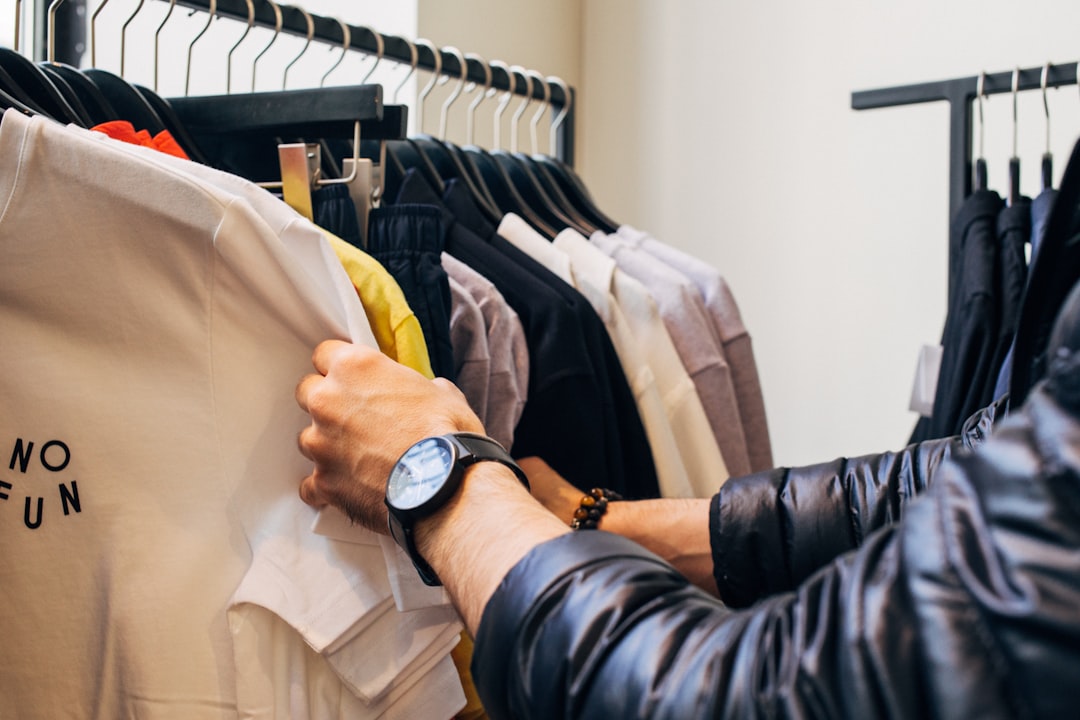Gardening can be a relaxing and enjoyable hobby. However, it also involves a lot of work, and working with soil, plants, and tools can take a toll on your hands. This is where gardening gloves come in handy.
Gardening gloves provide protection against cuts, blisters, and other injuries. They also help reduce the risk of skin irritation and allergies. Additionally, gardening gloves can keep your hands clean and protected from germs, bacteria, and other harmful substances you may encounter while gardening.
When choosing gardening gloves, it’s important to consider the type of gardening you’ll be doing and the materials the gloves are made of. Some gloves are designed for heavy-duty gardening, while others are better suited for light tasks, such as planting seeds or pulling weeds.
Leather gloves are a popular choice for heavy-duty gardening. They are durable, comfortable, and provide excellent protection against thorns, sharp tools, and other hazards. However, leather gloves can be a bit heavy and cumbersome, making it difficult to perform delicate tasks.
For lighter tasks, cotton gloves are a good choice. They are comfortable, lightweight, and breathable, making them perfect for warm weather. However, cotton gloves may not provide as much protection as leather gloves.
If you’re looking for gloves that are both durable and comfortable, consider neoprene gloves. Neoprene is a synthetic rubber material that is resistant to chemicals, oils, and other substances that can damage other gloves. Neoprene gloves are also waterproof and provide excellent grip, making them ideal for wet conditions.
Gardening gloves should fit well and be comfortable to wear. Gloves that are too tight can restrict movement and cause discomfort, while gloves that are too loose can interfere with your ability to grip tools and perform tasks. When trying on gloves, be sure to move your fingers and hands to ensure a good fit.
It’s also important to take proper care of your gardening gloves. After use, shake off any dirt or debris and allow the gloves to air dry. If your gloves become wet, remove them and dry them thoroughly before using them again.
In addition to gloves, there are other ways to protect your hands while gardening. Wearing long sleeves and pants can help protect against sunburn, insect bites, and scratches. Using hand tools, such as pruners and trowels, instead of your bare hands, can also help reduce the risk of injury.
Gardening gloves are an essential tool for any gardener. They provide protection against cuts, blisters, and other injuries, reduce the risk of skin irritation and allergies, and keep your hands clean and protected from germs and bacteria. When choosing gardening gloves, consider the type of gardening you’ll be doing and the materials the gloves are made of. Be sure to choose gloves that fit well and are comfortable to wear, and take proper care of them to ensure they last for many gardening seasons to come.











